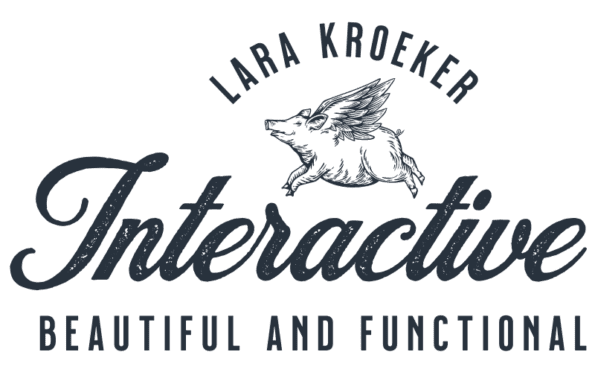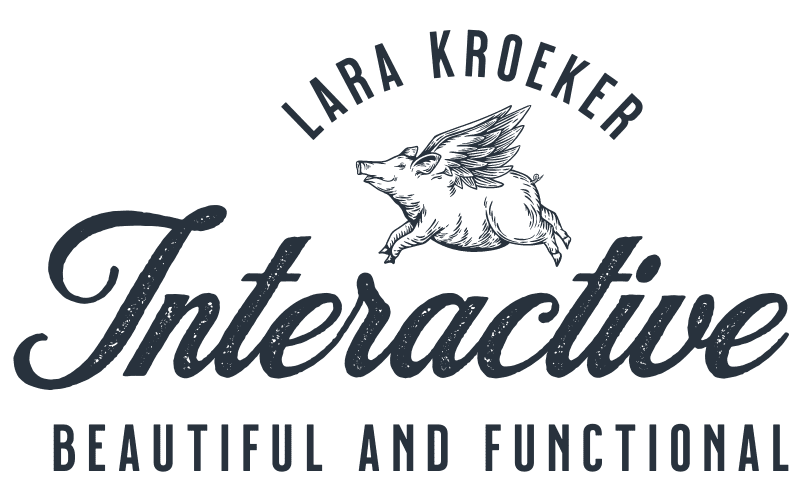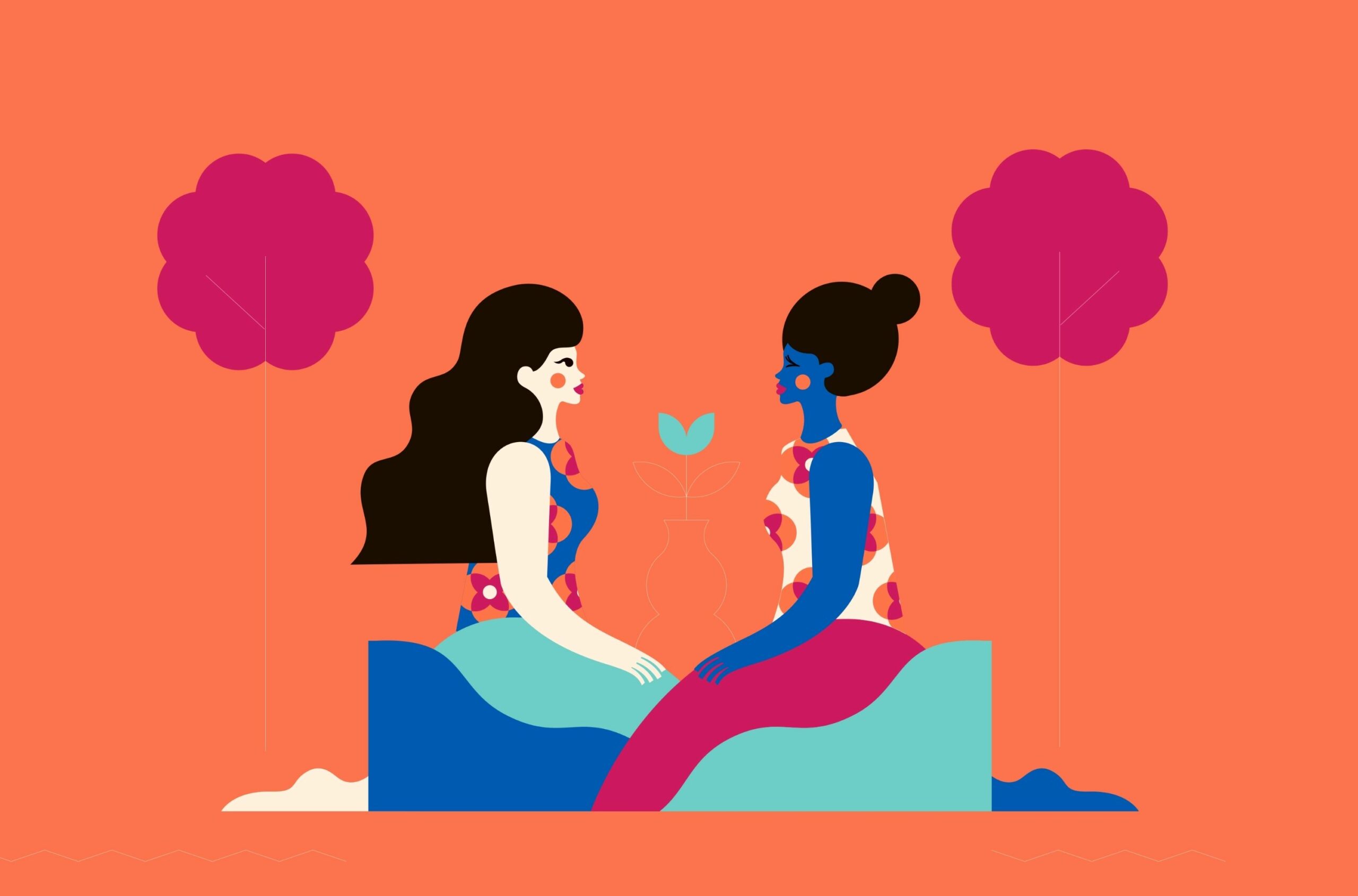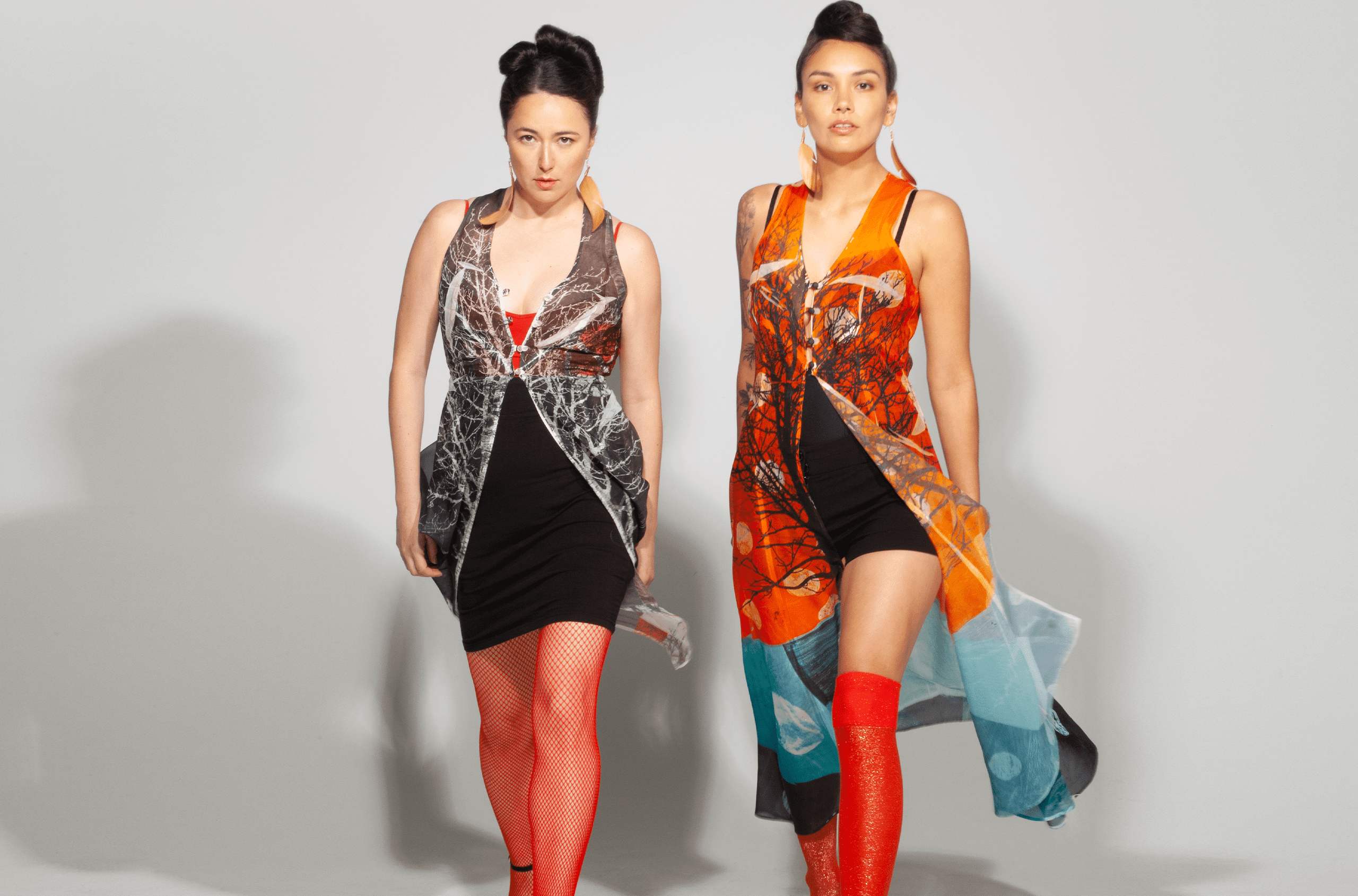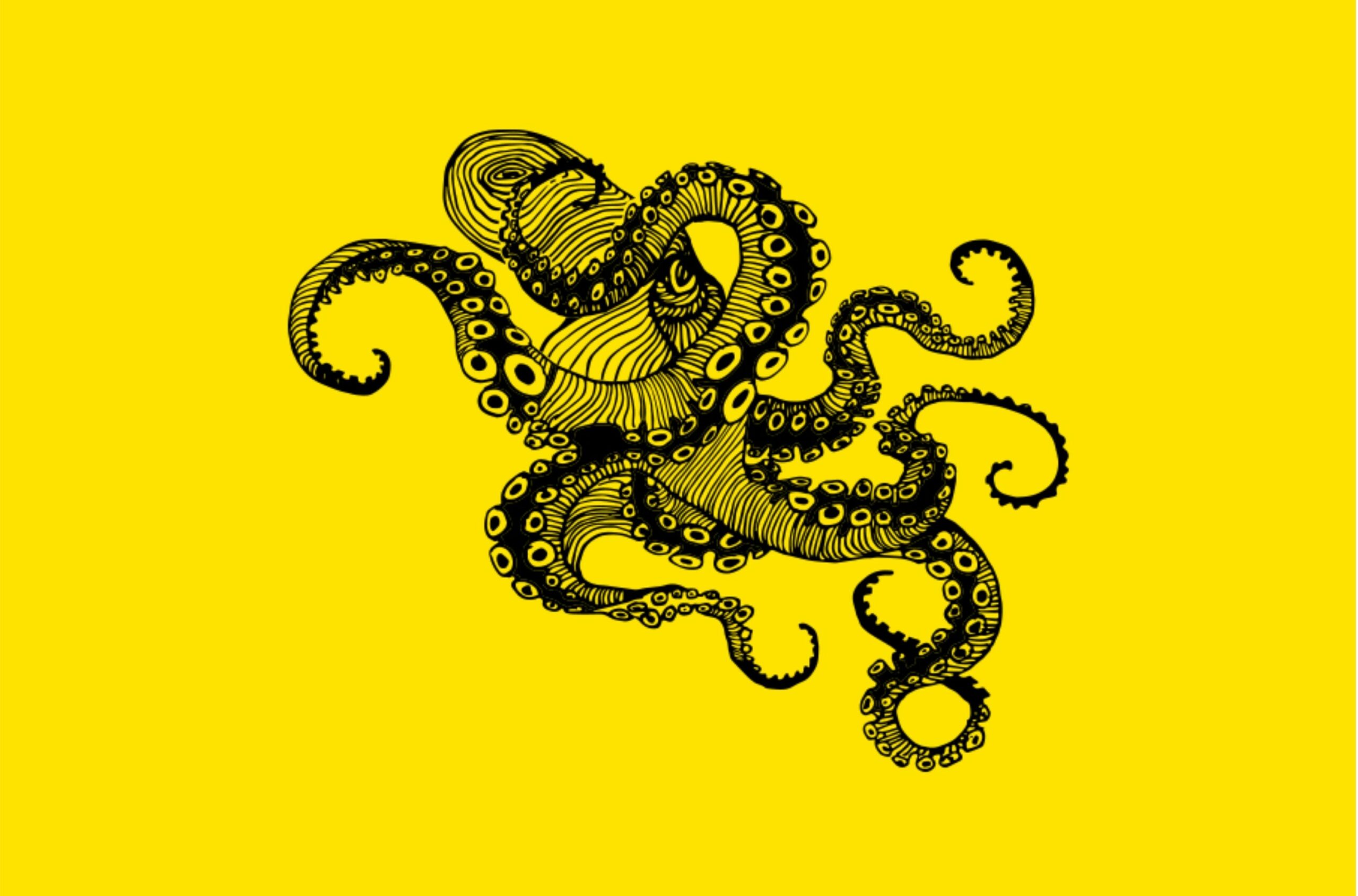With the rise of artificial intelligence (AI) and automation, there may be a perception that the role of designers could be diminished or even replaced. However, the truth is far from it. In fact, designers are more critical than ever in the age of AI. Their creative expertise, human-centric approach, and ability to think conceptually remain irreplaceable. In this blog post, we will explore the reasons why designers continue to be essential in harnessing the potential of AI and driving innovation.
Human-Centered Design
Designers possess a unique ability to understand human needs, emotions, and behaviors. While AI can analyze data and provide insights, it lacks the empathy and intuition that designers bring to the table. Designers ensure that AI applications and solutions are created with a human-centered approach, focusing on enhancing user experiences, solving real problems, and creating meaningful connections with users.
Creativity and Innovation
AI excels at processing vast amounts of data and generating insights, but it lacks the creative spark that designers offer. Designers bring a fresh perspective, imagination, and the ability to think outside the confines of algorithms. They infuse designs with aesthetics, storytelling, and emotional appeal, elevating them beyond mere functional solutions. Designers are the catalysts for innovation, pushing boundaries, and exploring new possibilities that AI alone cannot achieve.
Ethical Considerations
As AI becomes more prevalent in our lives, ethical considerations become increasingly important. Designers play a pivotal role in shaping ethical frameworks for AI applications. They consider potential biases, privacy concerns, and social implications. Designers ensure that AI is used responsibly, avoiding unintended consequences and addressing ethical dilemmas that may arise.
User Experience Design
Designers specialize in crafting seamless and intuitive user experiences. While AI can enhance personalization and automate certain tasks, designers are instrumental in creating cohesive and delightful experiences across various touchpoints. They understand the nuances of user interactions, information architecture, and visual design, ensuring that AI technologies are seamlessly integrated into the user journey.
Iterative Design and Adaptability
Design is an iterative process that requires continuous feedback and refinement. Designers excel in prototyping, testing, and iterating based on user feedback. AI, on the other hand, relies on predefined algorithms and datasets. Designers bring a human touch to adaptability, responding to changing user needs, market trends, and emerging technologies. They can quickly pivot, experiment, and evolve designs to meet evolving demands.
Collaboration and Communication
Designers possess excellent collaboration and communication skills, working effectively with multidisciplinary teams. They bridge the gap between technical experts, stakeholders, and end-users, facilitating dialogue and ensuring that everyone’s perspectives are considered. Designers translate complex AI concepts into user-friendly interfaces, making them accessible and understandable to a broader audience.
In the age of AI, designers remain indispensable. They bring a human-centric approach, creativity, and ethical considerations to AI applications. Designers excel in user experience design, iterate designs based on feedback, and collaborate effectively in multidisciplinary teams. They possess the ability to think critically, challenge assumptions, and infuse designs with empathy and aesthetics. As AI continues to evolve, designers will continue to be the driving force behind innovation, ensuring that technology serves and enhances human experiences. The collaboration between designers and AI is a powerful synergy that will shape the future of design.
